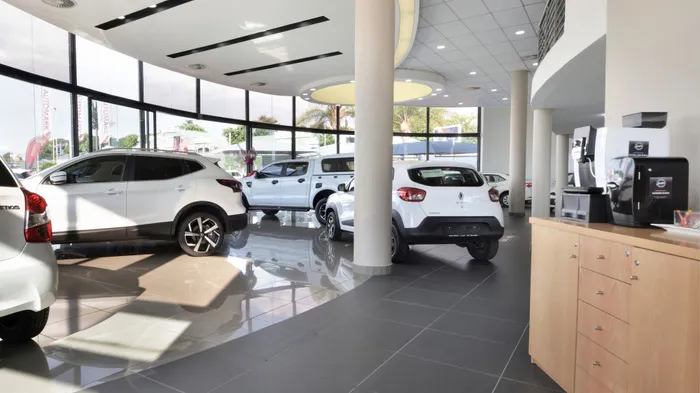Record-breaking! SA vehicle sales soar by 16% as market confidence makes a stunning comeback

South Africa’s new vehicle market continued its strong upward momentum in October 2025.
Image: File
South Africa’s new vehicle market continued its strong upward momentum in October 2025, recording its best monthly performance in a decade.
According to the Automotive Business Council (NAAMSA), total new vehicle sales reached 55,956 units - the highest figure since March 2015 and 16% higher than October last year.
Passenger car sales rose to 39,610 units, the strongest performance since 2014, while light commercial vehicles surged by 23,9% to 13,361 units. Medium trucks gained 9,3%, although the heavy commercial segment was marginally down by 1%.
It’s the third consecutive month that sales have topped 50,000 units, signalling growing stability and confidence as the industry pushes toward the half-a-million annual sales mark last seen before the Covid-19 pandemic.
Easing inflation
The October surge was supported by a more stable economy. Headline inflation held steady at 3.4%, the rand traded around R17.30 to the dollar, and fuel prices eased - improving affordability and consumer confidence.
“The combination of easing inflation, a firmer rand and less pressure at the petrol pump has made vehicle ownership feel attainable again,” said Lebo Gaoaketse, head of marketing and communication at WesBank.
“The industry’s performance this year shows how improving sentiment and a more confident economy are translating directly into mobility decisions.”
Although the Reserve Bank has kept the repo rate at 7.0%, markets are already anticipating rate cuts in early 2026, which could further boost vehicle affordability and borrowing appetite.
Smart buying decisions
Gaoaketse says today’s buyers are more calculated and financially savvy.
“Consumers are coming back to the showroom with calculators in hand. It’s less about excitement and more about sustainable choices that fit long-term budgets,” he explained.
Compared with a decade ago, when similar sales volumes were achieved under lower interest rates, buyers are now holding onto cars longer and managing finance more cautiously.
“A decade ago, ownership was aspirational. Today, it’s pragmatic; buyers are looking for predictability and value rather than prestige. That’s why efficient and affordable models are leading demand.”
Strong dealer demand
Dealers across the country reported steady showroom traffic through October. Brandon Cohen, National Chairperson of the National Automobile Dealers’ Association (NADA), described the results as “remarkable” given the ongoing strain on household budgets.
“The magnitude of these results, achieved despite tight consumer conditions, is encouraging. Interest rate cuts earlier this year, easing fuel prices, and a stronger rand have all helped improve affordability at the point of sale.”
He adds that dealer retail channels accounted for 79.1% of total sales, while rental purchases contributed 16.6%, a clear sign that tourism and business travel are both rebounding.
Fleet and rental sales
WesBank notes that fleet and rental activity played a significant role in October’s performance, accounting for over one in five passenger car sales.
“The light commercial market is a useful barometer of business sentiment,” said Gaoaketse. “When entrepreneurs and fleet owners start reinvesting, it shows belief in future growth.”
Cohen agrees that confidence has returned to the market. “Lower rates, improved liquidity from pension withdrawals, and competitive pricing have kept momentum going,” he explained.
“Finance approvals and value-added product sales remain strong, suggesting that buyers are not only purchasing but also protecting their assets.”
Future outlook
Looking ahead, both dealers and financiers expect the market to remain firm through the final months of the year. Black Friday promotions and upcoming fuel price cuts should provide further relief for motorists.
“We expect the market to hold steady into the year-end,” said Cohen. “There are still uncertainties ahead, from the next interest rate decision to AARTO implementation, but consumer appetite for new vehicles remains resilient.”
“This demand is grounded in real need. Mobility is central to how South Africans live and work, and the current level of activity shows an industry that has found its rhythm again, not one overheating,” Gaoaketse concluded.